Unspeakably Queer, 2025
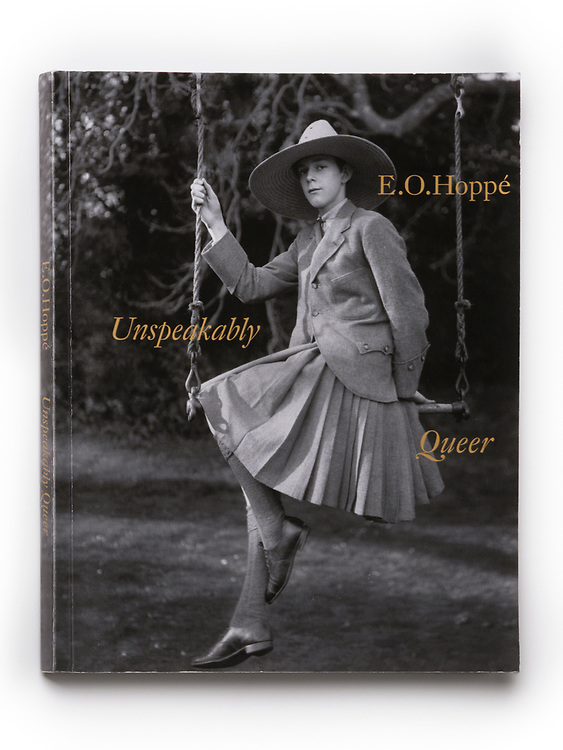
Unspeakably Queer, 2025
Unspeakably Queer, 2025
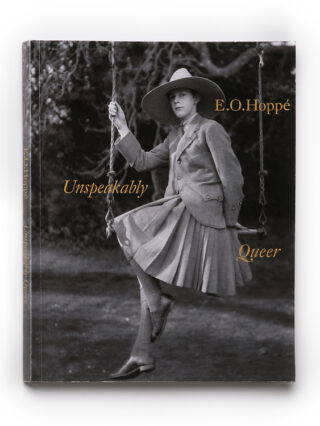

Unspeakably Queer, 2025
Unspeakably Queer, 2025

Unspeakably Queer, 2025
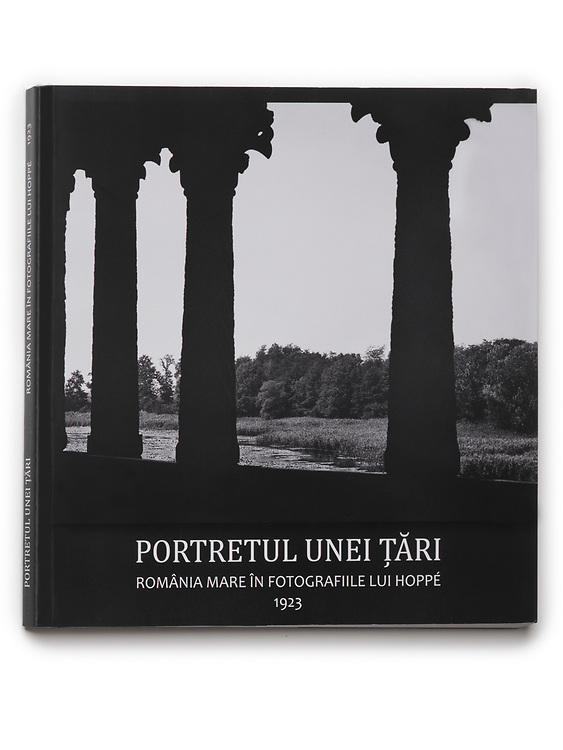
Portretul unei tari: România Mare în fotografiile lui Hoppé, 1923, 2019
Portretul unei tari: România Mare în fotografiile lui Hoppé, 1923.
Adrian Silvan Ionescu, Graham Howe. Bucharest: Oscar Print, 2019.
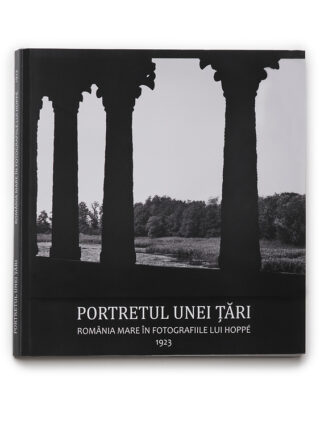
Portretul unei tari: România Mare în fotografiile lui Hoppé, 1923, 2019
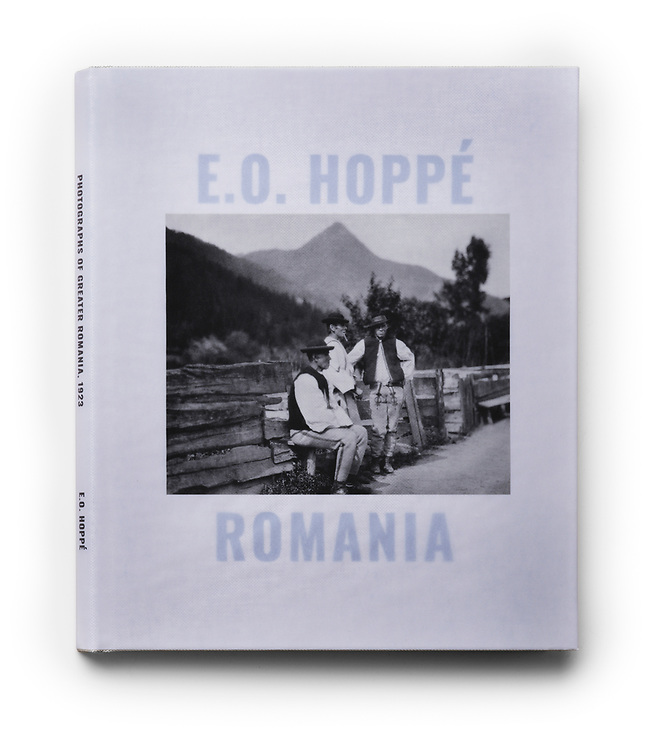
E. O. Hoppé: Photographs of Greater Romania, 1923, 2019
E. O. Hoppé: Photographs of Greater Romania, 1923.
Adrian Silvan Ionescu, Graham Howe, Marika Lundeberg and Michelle Dragoo. Pasadena, California: Curatorial Books, 2019.
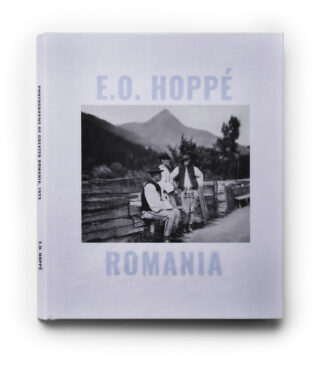
E. O. Hoppé: Photographs of Greater Romania, 1923, 2019
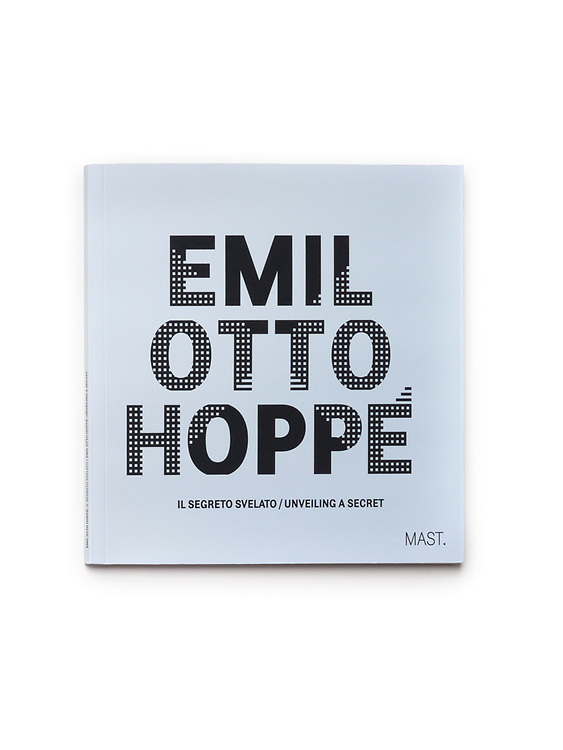
Emil Otto Hoppé: Unveiling a Secret, 2015
Emil Otto Hoppé: Unveiling a Secret.
Urs Stahel. Bologna: Fondazione Mast, 2015.
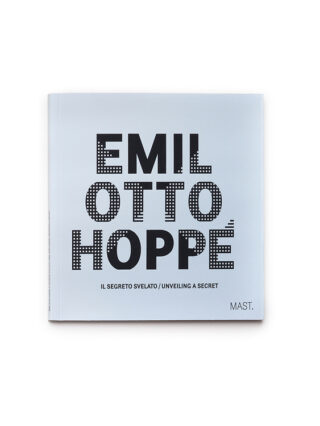
Emil Otto Hoppé: Unveiling a Secret, 2015
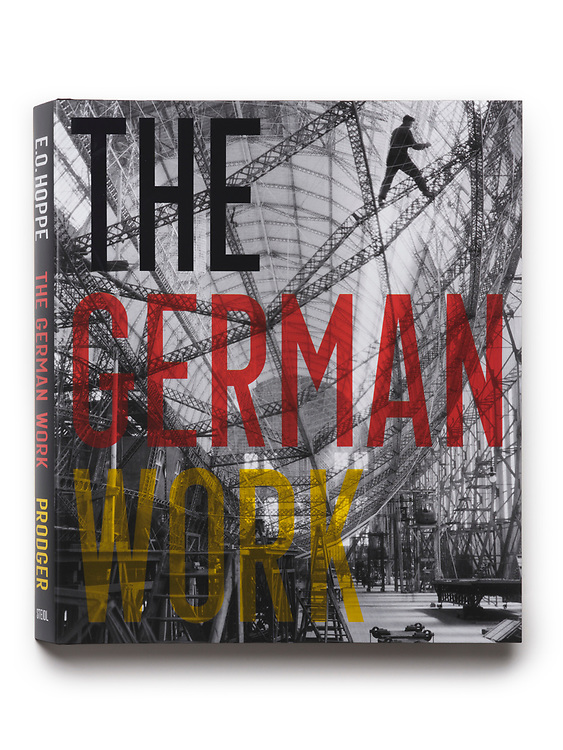
E. O. Hoppé: The German Work, 2015
E.O. Hoppé: The German Work.
Phillip Prodger. Göttingen: Steidl Verlag, 2015.
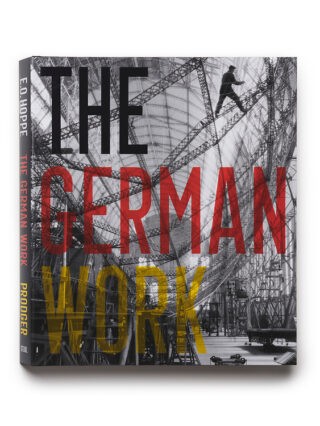
E. O. Hoppé: The German Work, 2015
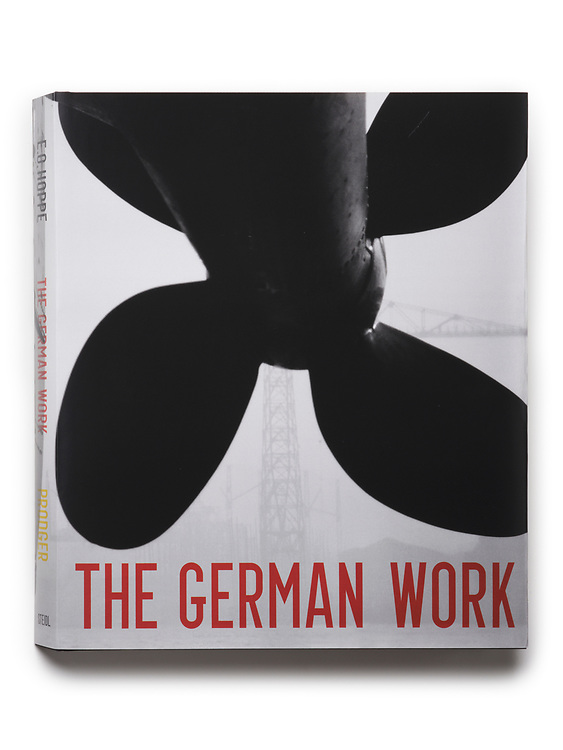
E. O. Hoppé: The German Work, 2015
E. O. Hoppé: The German Work.
Phillip Prodger. Göttingen: Steidl Verlag, 2015.
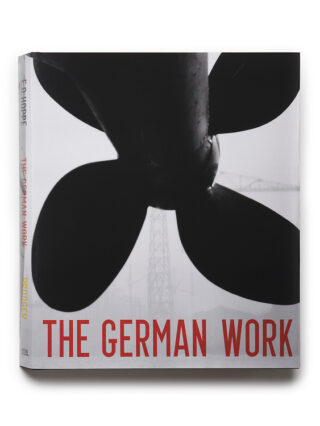
E. O. Hoppé: The German Work, 2015
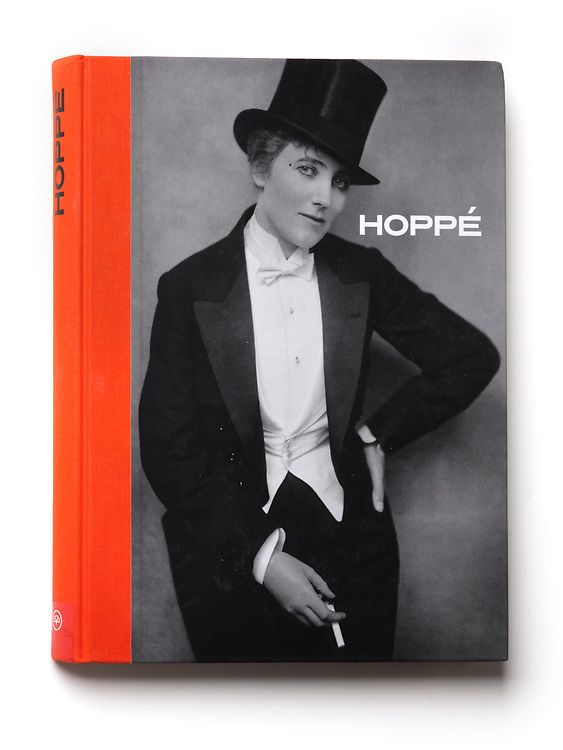
Hoppé: El Estudio y la Calle (Society, Studio & Street), 2012
Hoppé: El Estudio y la Calle (Society, Studio & Street).
Madrid: Fundación Mapfre, TF Editores, 2012.
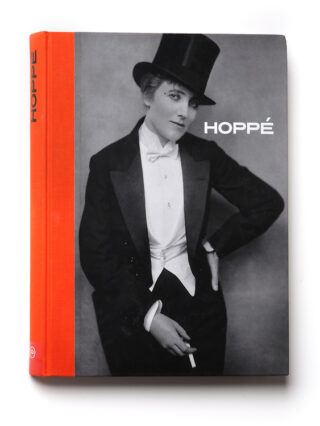
Hoppé: El Estudio y la Calle (Society, Studio & Street), 2012
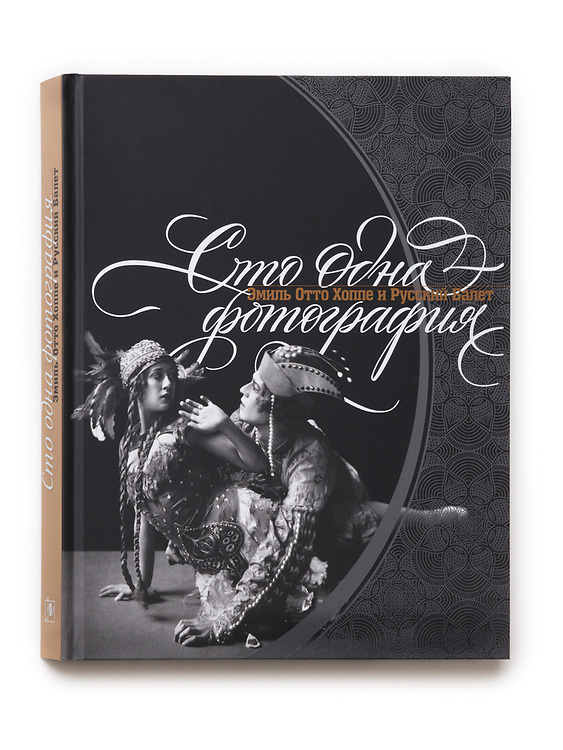
One Hundred Photographs: E. O. Hoppé and the Ballets Russes, 2012
One Hundred Photographs: E. O. Hoppé and the Ballets Russes.
Essays by John Bowlt, Graham Howe and Oleg Minin. Moscow: Art of the XXI Century, (Iskusstvo-XXI), 2012.
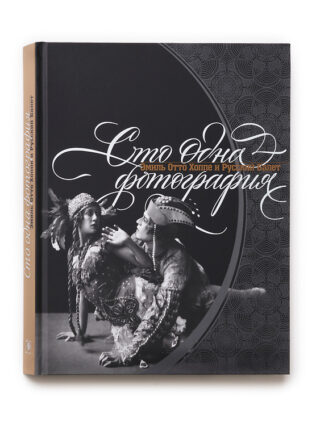
One Hundred Photographs: E. O. Hoppé and the Ballets Russes, 2012
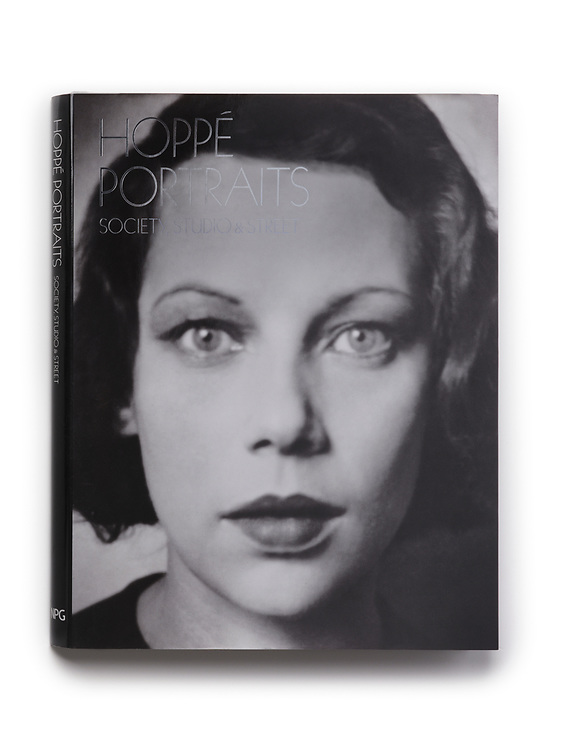
Hoppé Portraits: Society, Studio and Street, 2011
Hoppé Portraits: Society, Studio and Street.
Phillip Prodger and Terence Pepper. London: National Portrait Gallery, 2011.
Hoppé Portraits: Society, Studio, and Street is the catalogue to the 2011 exhibition curated by Phillip Prodger of the Peabody Essex Museum, Salem, for the National Portrait Gallery, London. With essays by both Phillip Prodger and the National Portrait Gallery curator Terence Pepper, the authors explain how the recent rediscovery of Hoppé’s work now demonstrates how Hoppé was, and is now once more, regarded as a pivotal figure in Edwardian art. Hoppé’s strikingly Modernist portraits of society figures and important personalities from the worlds of literature, politics and the arts include George Bernard Shaw, H.G. Wells, A.A. Milne, T.S. Eliot, Margot Fonteyn, Vaslav Nijinsky, Albert Einstein, and members of the royal family. His studio portraits are complemented by Hoppé’s sensitive and affectionally humorous depictions of everyday British people ranging from street musicians and stage performers to bus drivers and postmen, all of which reflected the realities of day-to-day life between the wars.
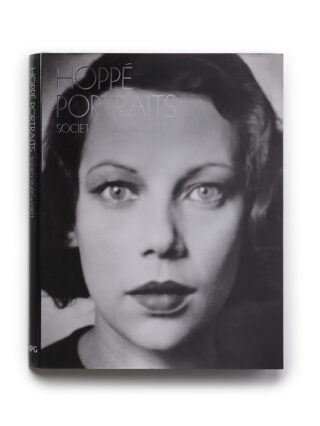
Hoppé Portraits: Society, Studio and Street, 2011

E. O. Hoppé’s Santiniketan: Photographs from 1929, 2010
E. O. Hoppé’s Santiniketan: Photographs from 1929.
With essays by Pratapaditya Pal and Graham Howe. Mumbai: the Marg Foundation and Curatorial Assistance, Inc., 2010.
In the autumn of 1929 world famous photographer E.O. Hoppé set sail from London to create an epic photo-documentation of the Indian subcontinent. During his travels throughout the region he was invited to visit the Nobel Prize winning poet laureate, novelist, playwright, musician, and painter Rabindranath Tagore (1861-1941) at Santiniketan (translated as the “abode of peace”), the site of the poet’s University. Hoppé created a historic document uniquely describing the early days of what became a revolution in education as Tagore’s Santiniketan reshaped Bengali literature, music, and its visual arts and crafts.
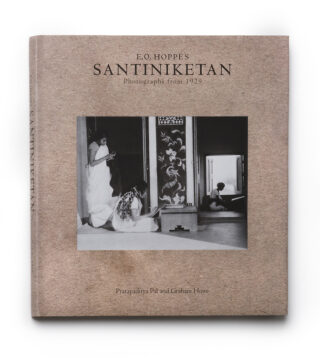
E. O. Hoppé’s Santiniketan: Photographs from 1929, 2010
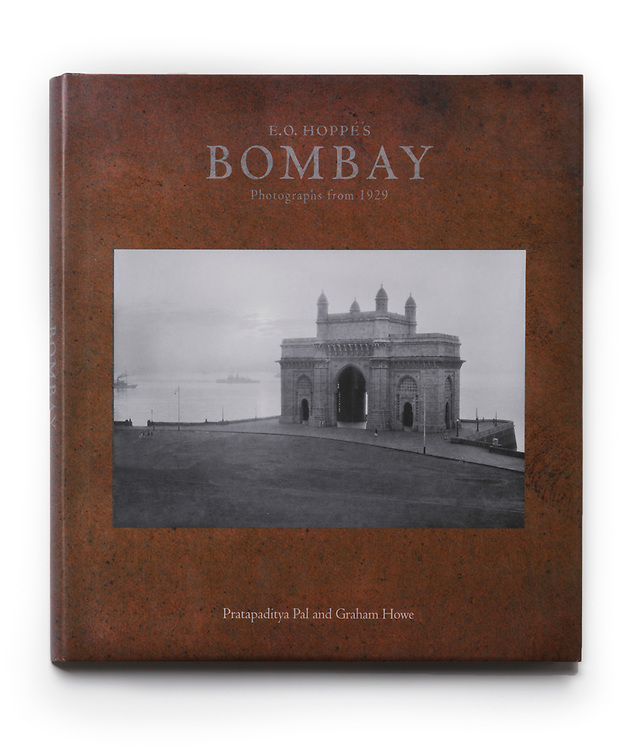
E. O. Hoppé’s Bombay: Photographs from 1929, 2010
E. O. Hoppé’s Bombay: Photographs from 1929.
With essays by Pratapaditya Pal and Graham Howe. Mumbai: the Marg Foundation and Curatorial Assistance, Inc., 2010.
Hoppé reveals Bombay in the late 1920s as a vibrant, cosmopolitan city. Under physically challenging circumstances and using mostly small, hand-held cameras, Hoppé captured a body of remarkable images that are the first to show a natural, spontaneous, and distinctly Modernist view of Indian life. Notably these street documentary photographs show empathy for the Indian peoples and their move towards independence from British colonial rule.
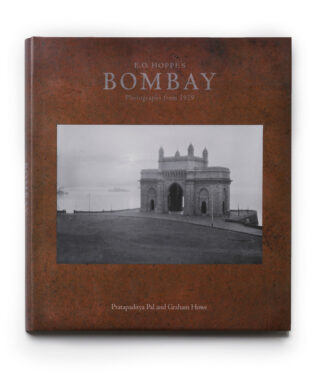
E. O. Hoppé’s Bombay: Photographs from 1929, 2010
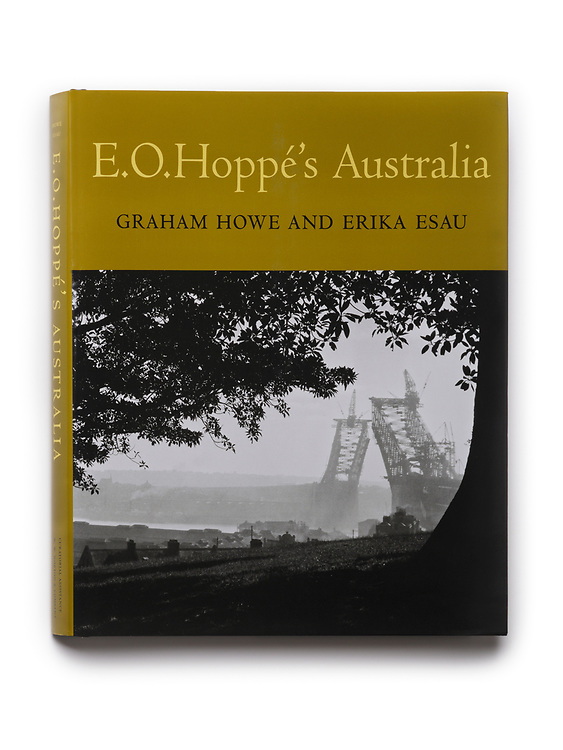
E. O. Hoppé’s Australia, 2008
E. O. Hoppé’s Australia.
W. W. Norton & Company, New York. 2008
At the onset of the Great Depression and throughout most of 1930 Hoppé crisscrossed the Australian continent making the first nationwide collective portrait of the young nation. More than any photographer before him Hoppé, an outsider, defined what it was to be Australian. The singular importance and modern quality of this body of documentary photographs clearly rivals the now famous photographs of depression-era America made by Walker Evans for the United States Farm Security Administration (FSA) just a few years later. As Evans’ FSA images defined America’s Dustbowl years and stands as one of the most important bodies of artistic documentary photographs for the United States and in the history of photography, so too does Hoppé’s epic documentation of depression-era Australia. Along with the fall of the global stock markets and the resulting worldwide economic turmoil, Australia also endured droughts that were followed by floods, making Australia’s hardship and Hoppé’s travels all the more challenging. But as he traveled the continent Hoppé discovered that these hardships proved only to bring out the best in the Australians that he met. Coober Pedy opal miners, Wilgena wool packers, Palm Island Aboriginal tribes, rural farmers, and city workers are shown with intimately expressed psychological insight. Arguably the best portraitist in the world at the time Hoppé gives us rare access to a range of remarkable individuals who collectively define a nation.
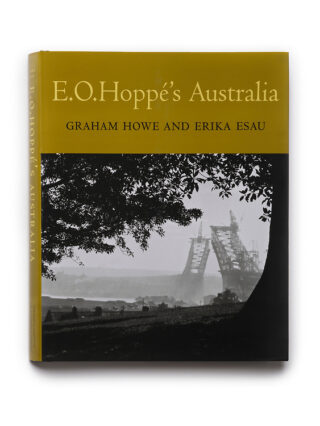
E. O. Hoppé’s Australia, 2008
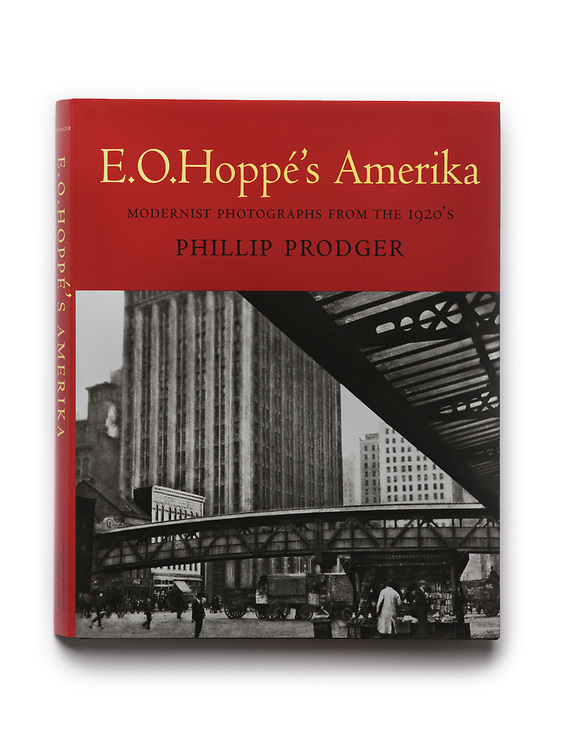
E. O. Hoppé’s Amerika: Modernist Photographs from the 1920s, 2007
E. O. Hoppé’s Amerika: Modernist Photographs from the 1920s.
Phillip Prodger. New York: W. W. Norton & Co., 2007.
Hoppé had made regular visits to New York since 1919 and by 1921 he had established a studio on New York’s West 57th Street. He mixed with and photographed America’s intellectual and artistic elite including such eminent figures as Albert Einstein, Paul Robeson, N.C. Wyeth, James Montgomery Flagg, Paul Manship, Robert Frost, Anita Loos, Eugene O’Neill, Carl Sandburg, and an aging Oliver Wendell Holmes. In between his portrait sittings he ventured out of the studio to make Cubist inspired views of the city showing it’s brave new architecture. Continuing his work on human typology he made street portraits including down-and-outs in New York’s Bowery district that can be compared to contemporaneous works by American photographer, Paul Strand. Beginning in late 1925 and throughout most of 1926 Hoppé traveled throughout the United States making photographs for his book Romantic America for German publisher Ernst Wasmuth. Like Walker Evans, who photographed the Eastern and the Southern states of America a decade later, Hoppé looked across the entire country through a similar Modernist lens making well over 2,100 large-format negatives.
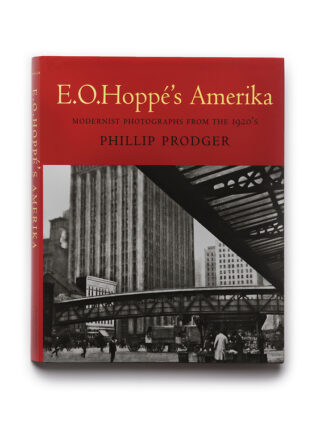
E. O. Hoppé’s Amerika: Modernist Photographs from the 1920s, 2007
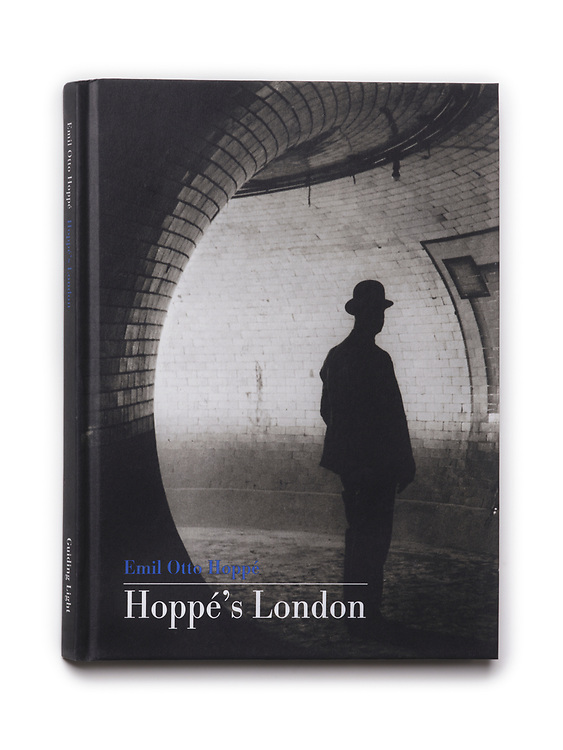
Hoppé’s London, 2006
Hoppé’s London.
Mark Haworth-Booth, London: Guiding Light, 2006.
In the early 20th century, E.O. Hoppé began one of the most unique photographic documents of London where for over forty years he worked tirelessly to record London’s transition from a 19th century city into a modern metropolis. Systematically chronicling the landmarks and architectural fabric that defined the city of London, Hoppé’s work can be compared both in scale and modernistic approach to Eugene Atget’s photographs of Paris and Bernice Abbott’s of New York.
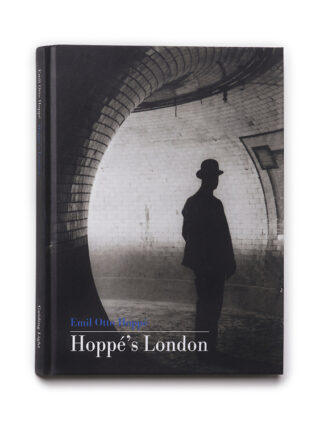
Hoppé’s London, 2006
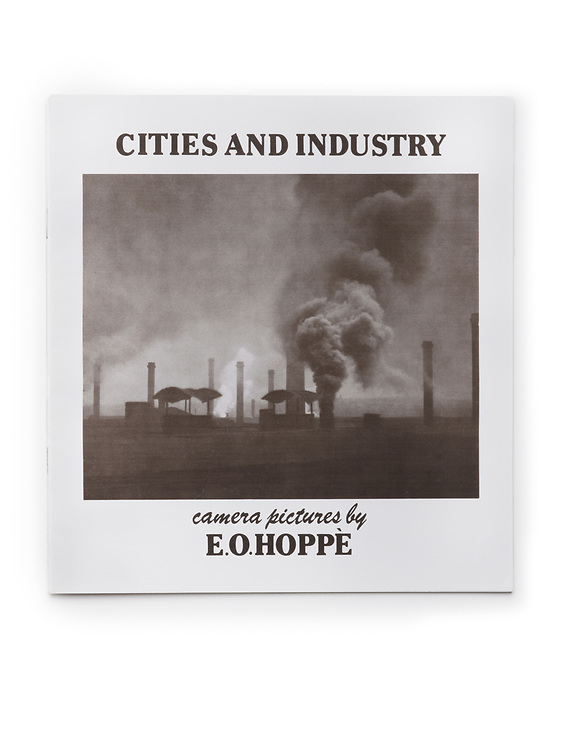
Cities and Industry: Camera Pictures by E. O. Hoppé, 1978
Cities and Industry: Camera Pictures by E. O. Hoppé.
Edited by Val Williams and Terence Pepper, with essay by Ian Jeffrey. York: Impressions Gallery, 1978.
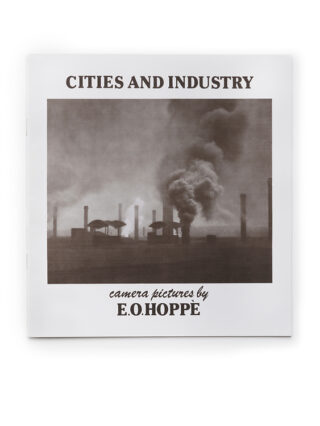
Cities and Industry: Camera Pictures by E. O. Hoppé, 1978
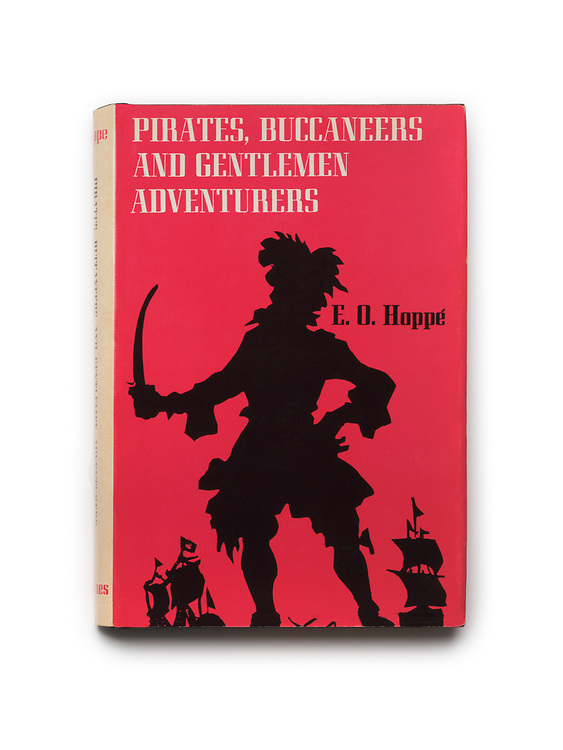
Pirates, Buccaneers and Gentleman Adventurers, 1972
Pirates, Buccaneers and Gentleman Adventurers.
A.S. Barnes and Co., Inc., London. 1972
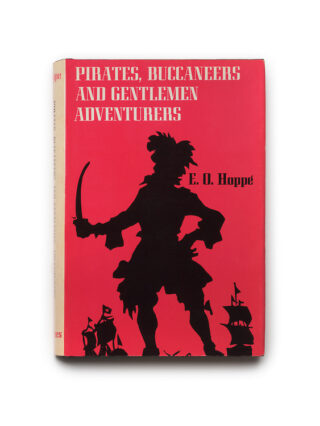
Pirates, Buccaneers and Gentleman Adventurers, 1972
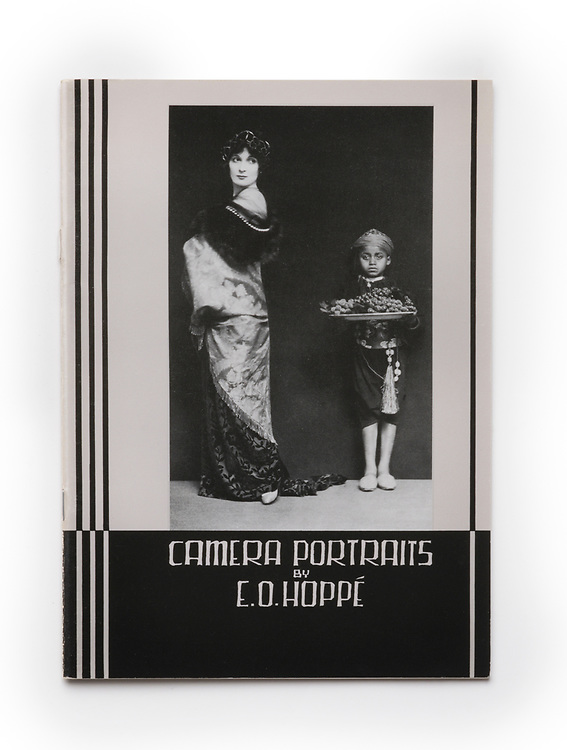
Camera Portraits by E. O. Hoppé, 1878-1972
Camera Portraits by E. O. Hoppé, 1878-1972
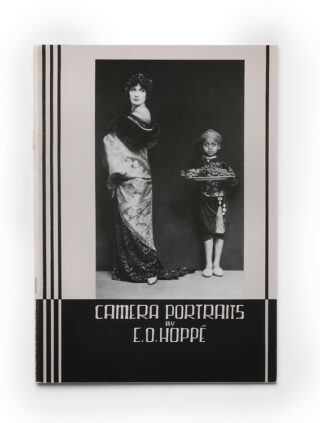
Camera Portraits by E. O. Hoppé, 1878-1972
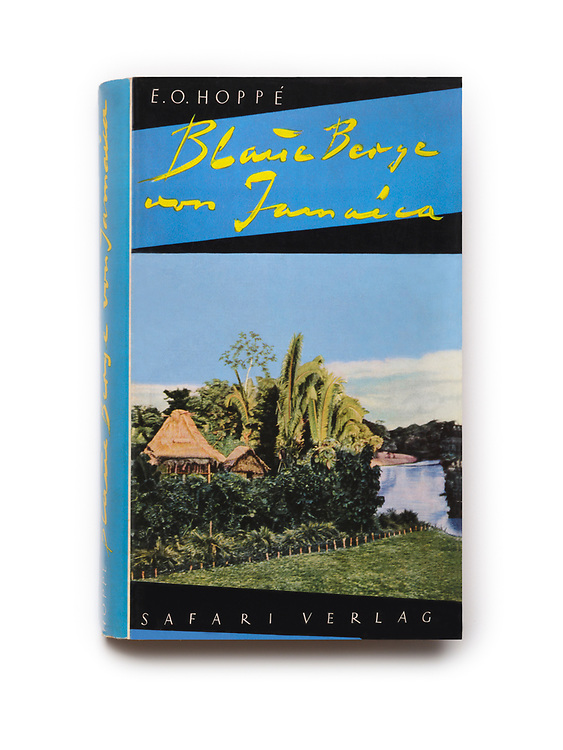
Blaue Berge von Jamaica (Blue Mountains of Jamaica), 1956
Blaue Berge von Jamaica (Blue Mountains of Jamaica).
Karl-Heinz Jaeckel. Berlin: Safari Verlag, 1956.
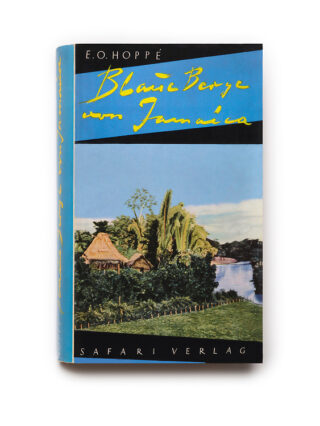
Blaue Berge von Jamaica (Blue Mountains of Jamaica), 1956
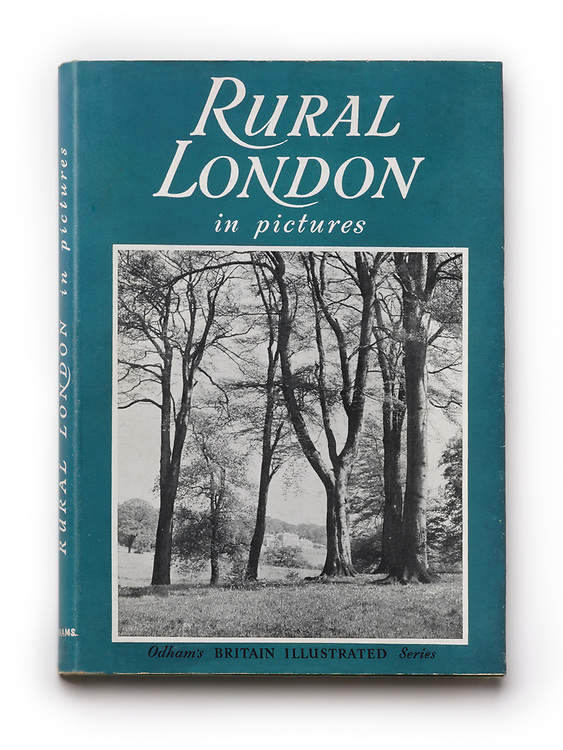
Rural London, 1951
Rural London.
Odhams Press Ltd., London. 1951
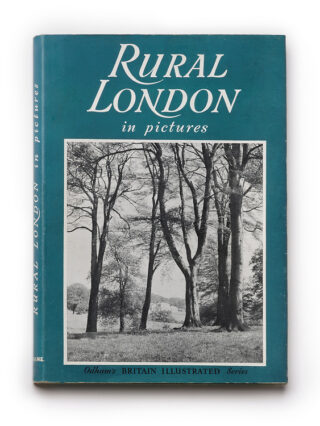
Rural London, 1951

Hundred Thousand Exposures: The Success of a Photographer, 1945
Hundred Thousand Exposures: The Success of a Photographer.
With Introduction by Cecil Beaton. The Focal Press, London. 1945
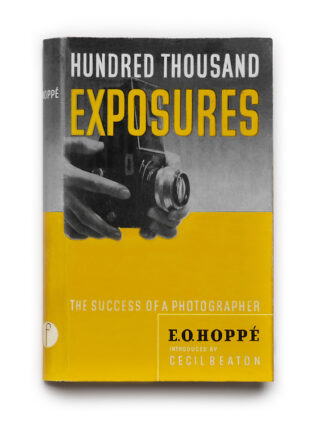
Hundred Thousand Exposures: The Success of a Photographer, 1945
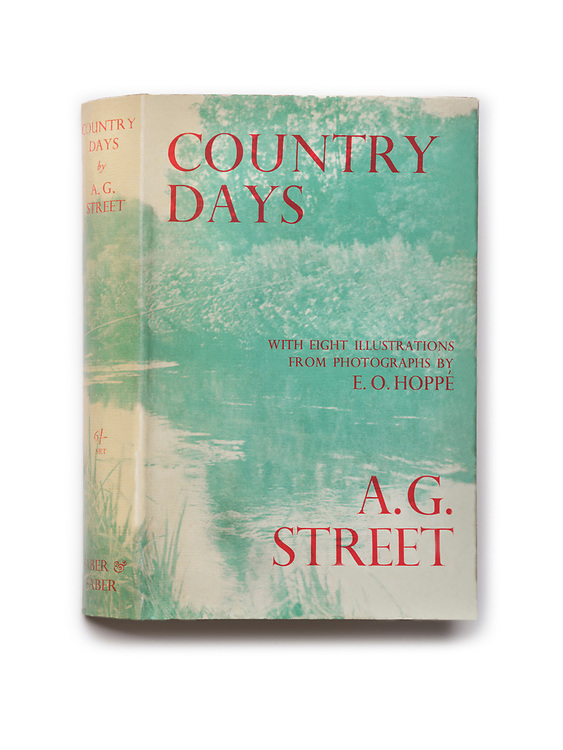
Country Days, 1940
Country Days.
Text taken from A.G. Street’s BBC Broadcasts, with 8 photographs by E. O. Hoppé. London: Faber, 1940.
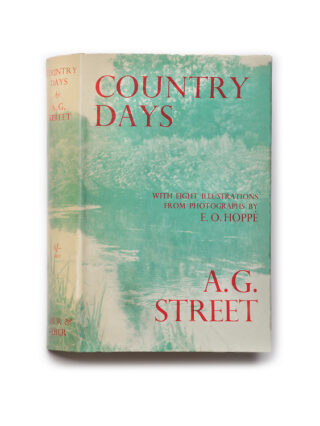
Country Days, 1940